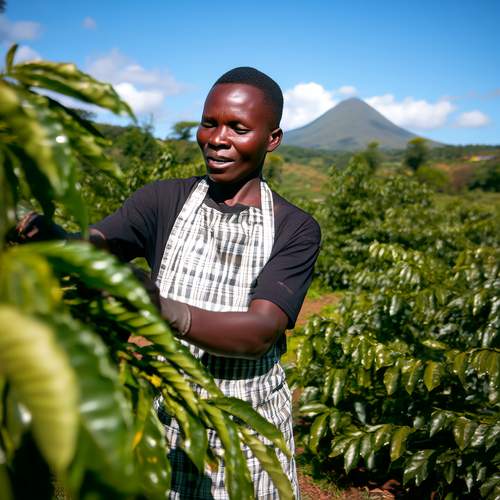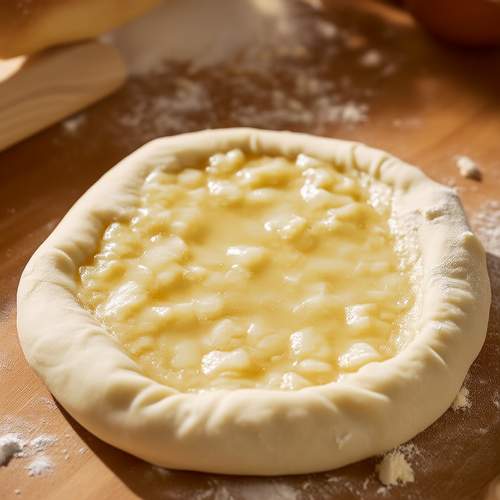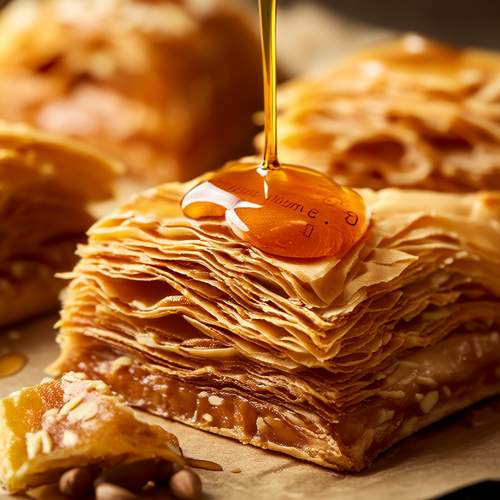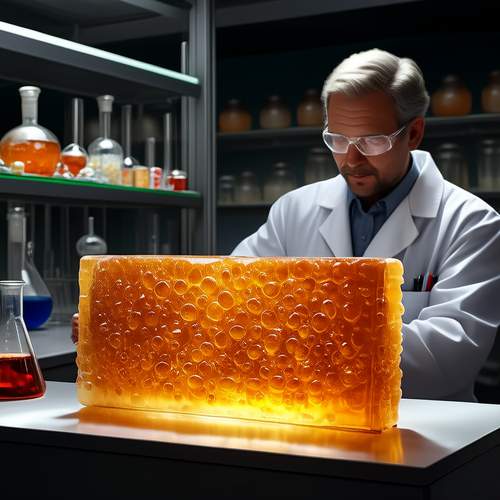The Russian honey cake, known as Medovik, is a dessert that has captivated taste buds across the globe. Its defining characteristic lies not just in its rich, caramelized flavor but also in its remarkable structural integrity. The cake’s ability to maintain its layered form without crumbling is a testament to the precision of its recipe and the techniques employed in its preparation. This article delves into the science and artistry behind the adhesive quality of Medovik’s layers, exploring how ingredients, baking methods, and cultural traditions contribute to its unique texture.
At the heart of Medovik’s layer adhesion is its dough, a carefully balanced mixture of honey, flour, eggs, and sugar. The honey plays a pivotal role, acting as both a sweetener and a humectant. When heated, the honey undergoes a series of chemical reactions that enhance its viscosity. This thickened honey syrup binds the dough components together, creating a pliable yet sturdy base for each layer. The dough is rolled thin and baked until golden, resulting in sheets that are firm enough to handle but still moist enough to adhere to one another.
The cream filling, typically made from sour cream or condensed milk, is another critical factor in the cake’s cohesion. Unlike buttercream or whipped cream, which can separate or become overly airy, the dense consistency of sour cream filling ensures that each layer sticks firmly to the next. The slight acidity of the sour cream also helps break down the dough’s surface slightly, allowing the layers to meld together over time. This is why Medovik often tastes even better after a day or two—the flavors and textures have had time to harmonize.
Traditional preparation methods further enhance the cake’s structural integrity. In many Russian households, the baked layers are lightly brushed with a sugar syrup or additional honey before the cream is applied. This step not only adds moisture but also creates a sticky surface that improves adhesion. The cake is then pressed gently under a weight, encouraging the layers to bond as the cream settles. This technique, passed down through generations, ensures that each slice holds its shape when served.
Modern variations of Medovik have introduced new ingredients and techniques, but the principle of layer adhesion remains unchanged. Some bakers incorporate gelatin or custard into the cream for added stability, while others experiment with flavored syrups to enhance the cake’s moisture. Despite these innovations, the essence of Medovik’s stickiness lies in its simplicity—the interplay of honey, dough, and cream, perfected over centuries.
The cultural significance of Medovik cannot be overlooked when discussing its adhesive qualities. In Russia, the cake is often associated with celebrations and family gatherings, where its preparation is treated as a labor of love. The patience required to bake and assemble each layer reflects a broader cultural appreciation for craftsmanship. This attention to detail ensures that every Medovik is not just a dessert but a work of edible art, where the layers cling together as tightly as the memories they represent.
From a scientific perspective, the adhesion between Medovik’s layers can be attributed to the principles of food chemistry. The honey’s hygroscopic nature draws moisture from the cream, creating a semi-solid matrix that binds the layers. Meanwhile, the Maillard reaction—the browning of the dough during baking—produces compounds that contribute to both flavor and texture. These chemical processes, combined with the physical pressure applied during assembly, result in a cake that is both tender and cohesive.
Ultimately, the magic of Medovik lies in its ability to balance strength and delicacy. Each layer remains distinct, yet they unite seamlessly to create a harmonious whole. Whether enjoyed in a Moscow bakery or a home kitchen halfway across the world, the Russian honey cake stands as a testament to the power of tradition, science, and a little bit of sticky sweetness.

By /May 26, 2025

By /May 26, 2025

By /May 26, 2025

By /May 26, 2025

By /May 26, 2025

By /May 26, 2025

By /May 26, 2025

By /May 26, 2025

By /May 26, 2025

By /May 26, 2025

By /May 26, 2025

By /May 26, 2025

By /May 26, 2025

By /May 26, 2025

By /May 26, 2025

By /May 26, 2025

By /May 26, 2025

By /May 26, 2025

By /May 26, 2025

By /May 26, 2025